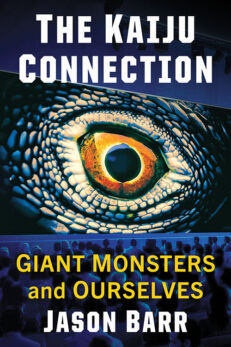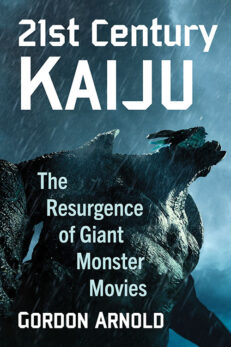The British Comic Book Invasion
Alan Moore, Warren Ellis, Grant Morrison and the Evolution of the American Style
$39.95
In stock
About the Book
What makes a successful comics creator? How can storytelling stay exciting and innovative? How can genres be kept vital? Writers and artists in the highly competitive U.S. comics mainstream have always had to explore these questions but they were especially pressing in the 1980s. As comics readers grew older they started calling for more sophisticated stories. They were also no longer just following the adventures of popular characters—writers and artists with distinctive styles were in demand. DC Comics and Marvel went looking for such mavericks and found them in the United Kingdom. Creators like Alan Moore (Watchmen, Saga of the Swamp Thing), Grant Morrison (The Invisibles, Flex Mentallo) and Garth Ennis (Preacher) migrated from the anarchical British comics industry to the U.S. mainstream and shook up the status quo yet came to rely on the genius of the American system.
About the Author(s)
Bibliographic Details
Jochen Ecke
Series Editors Donald E. Palumbo and C.W. Sullivan III
Format: softcover (6 x 9)
Pages: 281
Bibliographic Info: 19 photos, appendix, notes, bibliography, index
Copyright Date: 2018
pISBN: 978-1-4766-7415-5
eISBN: 978-1-4766-3500-2
Imprint: McFarland
Series: Critical Explorations in Science Fiction and Fantasy
Table of Contents
Acknowledgments vii
A Note on References viii
Introduction: How to Read This Book 1
1. U.S. Mainstream Comics of the 1970s and 1980s: Defining the Mode of Practice 11
2. The British New Wave of the 1970s and 1980s 94
3. Alan Moore and the American Mode of Practice 158
4. “What is there for me to do?” Case Studies in the Second Wave of the British Invasion 200
Conclusions: Imagined Readers and the Strange
Afterlives of the British Invasion 239
Appendix: Interpretation of the Questionnaire 247
Chapter Notes 255
Bibliography 259
Index 269





